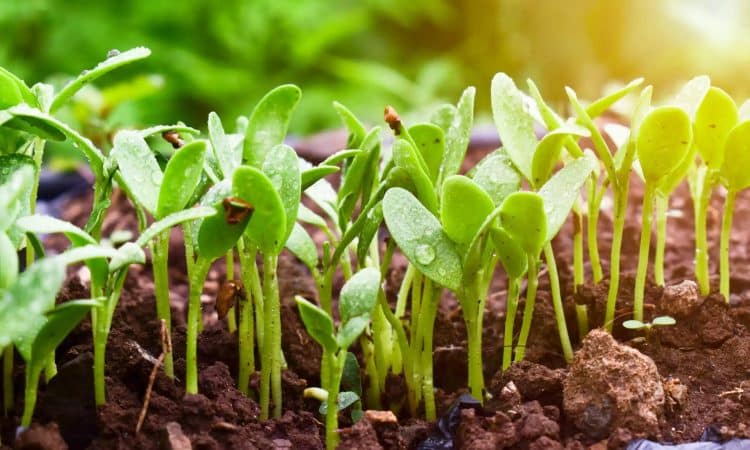
Hello, gardeners! July is almost over, but there’s still time to plant some veggies for an autumn or winter harvest. I’ve got four suggestions for you: turnips, carrots, kohlrabi, and radishes. With a little know-how, you’ll be planting like a pro and enjoying a great yield.
1. Turnips
Why plant turnips in July?
Turnips are hardy root vegetables that thrive in the cooler autumn weather. By planting turnips in July, you can harvest them before the first frost.
Planting tips
- Soil preparation: Turnips prefer light, well-drained soil rich in organic matter. Work the soil deeply and add well-decomposed compost.
- Sowing: Sow directly in the ground in rows 25-30 cm apart. Cover the seeds lightly with fine soil and pack gently.
- Thinning: When the plants have a few leaves, thin them out to about 10 cm apart to allow good root development.
- Watering: Keep the soil moist but not soggy. Regular watering is essential to prevent the roots from becoming hard and bitter.
2. Carrots
Why plant carrots in July?
Carrots sown in July can be harvested in the autumn and even stored over winter. They prefer cooler temperatures for optimum growth.
Planting advice
- Soil preparation: Carrots need deep, loose, well-drained soil. Avoid stony soils, which can deform the roots.
- Sowing: Sow seeds directly in the ground in rows 20-30 cm apart. Cover the seeds lightly with fine soil and pack gently.
- Thinning: Thin the plants at about 5 cm intervals once they have a few leaves. This allows the roots to develop properly.
- Watering: Water regularly to maintain constant humidity, especially in dry periods. Overly dry soil can lead to cracked or deformed roots.
3. Kohlrabi
Why plant kohlrabi in July?
Kohlrabi is a versatile vegetable that grows quickly and stands up well to cool temperatures. If you plant it in July, you can harvest it in autumn.
Planting tips
- Soil preparation: Kohlrabi prefers rich, well-drained, slightly alkaline soil. Work the soil deeply and add compost or well-decomposed manure.
- Sowing: Sow seeds in the ground in rows 30 cm apart. Cover the seeds lightly with fine soil.
- Thinning: Thin out the plants at about 20 cm intervals once they have a few leaves. This allows the bulbs to develop properly.
- Watering: Water regularly to maintain constant humidity. Kohlrabi needs soil that is always moist to prevent the bulbs from becoming fibrous.
4. Radishes
Why plant radishes in July?
Radishes grow quickly and can be harvested within a few weeks. This makes them an excellent choice for late planting.
Planting tips
- Soil preparation: Radishes prefer light, well-drained soil rich in organic matter. Work the soil deeply to encourage good root growth.
- Sowing: Sow directly in the ground in rows 15 cm apart. Lightly cover seeds with fine soil.
- Thinning: Thin the plants at about 5 cm intervals to ensure good root development.
- Watering: Water regularly to maintain constant humidity. Irregular watering can make radishes prickly and fibrous.
Planting turnips, carrots, kohlrabi and radishes in late July is a great way to extend the gardening season and enjoy bountiful harvests in autumn and winter. By following these planting tips and taking good care of your plants, you’ll be able to ensure a fine harvest. Happy gardening!

